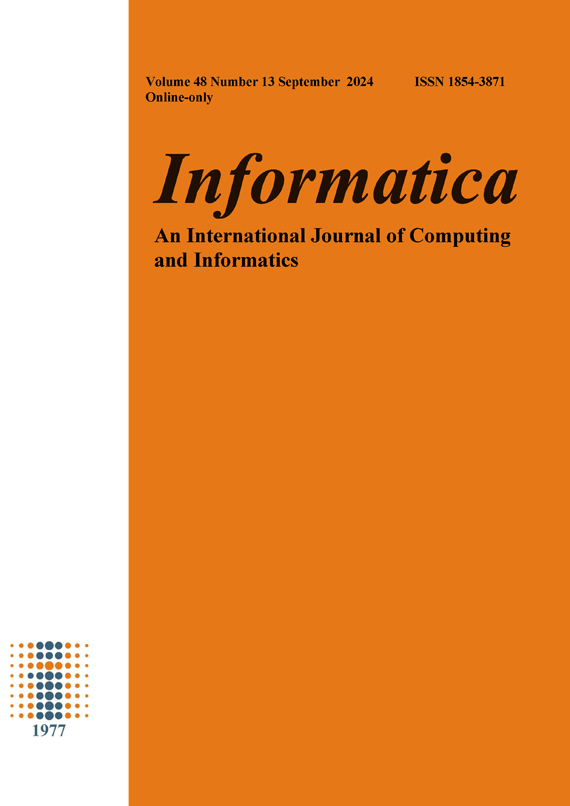Practical Analysis of Virtual Reality 3D Modeling Technology for Animation Majors Based on Predictive Correction Method
DOI:
https://doi.org/10.31449/inf.v48i13.6129Abstract
With the advancement of communications technologies and hardware technologies, animation creation can only continue to innovate to keep up with the times. Special education has recently shown considerable interest in animations. Novel types of presentations, such as animations, multimedia, and virtual reality, have been made available by technological advances in teaching. A significant mainstream media, communications, and education platform is animation software. There has been a rise in both the diversity and the rate of creation of new cartoon products because of the development of new techniques and the accumulation of new information. In this research, we suggest a virtual reality system based on a predictive correction method (VR-PCM). The widespread adoption and implementation of virtual reality (VR) based on predictive correction method (VR-PCM) technology has prompted researchers to examine VR-potential PCM's impact on the field of animation education. To carry out the design of the lessons themselves, the existing VR technologies are merged to carry out teaching, including a multitude of environmental modeling, real-time 3D graphic production, simultaneous display, and sensor technology. Research on these four facets of the major-teaching process has been conducted in light of the present state of affairs. When paired with a 3D animation course, VR-PCM technology may be utilized to enhance the effectiveness of instruction for classes focused on professional skills. Finally, in the practical implications section, we evaluate and contrast the impact of various pedagogical strategies, including student feedback, overall quality assessment, and professionals' core curriculum. Students in the VR technology group showed considerable improvement in their overall quality assessments.
Downloads
Published
Issue
Section
License
I assign to Informatica, An International Journal of Computing and Informatics ("Journal") the copyright in the manuscript identified above and any additional material (figures, tables, illustrations, software or other information intended for publication) submitted as part of or as a supplement to the manuscript ("Paper") in all forms and media throughout the world, in all languages, for the full term of copyright, effective when and if the article is accepted for publication. This transfer includes the right to reproduce and/or to distribute the Paper to other journals or digital libraries in electronic and online forms and systems.
I understand that I retain the rights to use the pre-prints, off-prints, accepted manuscript and published journal Paper for personal use, scholarly purposes and internal institutional use.
In certain cases, I can ask for retaining the publishing rights of the Paper. The Journal can permit or deny the request for publishing rights, to which I fully agree.
I declare that the submitted Paper is original, has been written by the stated authors and has not been published elsewhere nor is currently being considered for publication by any other journal and will not be submitted for such review while under review by this Journal. The Paper contains no material that violates proprietary rights of any other person or entity. I have obtained written permission from copyright owners for any excerpts from copyrighted works that are included and have credited the sources in my article. I have informed the co-author(s) of the terms of this publishing agreement.
Copyright © Slovenian Society Informatika








